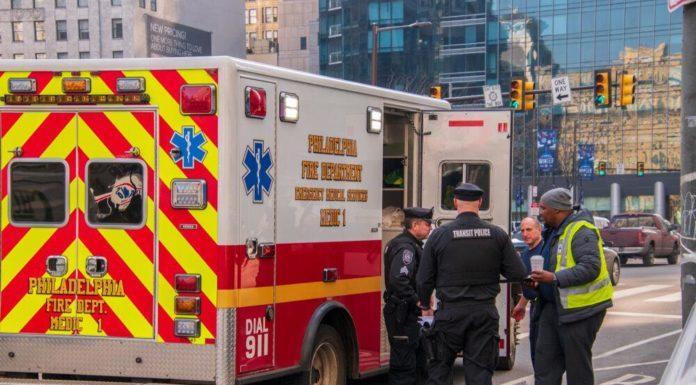(Anthony Hennen, The Center Square) Pennsylvania’s hyperlocal emergency medical services system teeters on the brink of collapse and, officials say, it’s up to legislators to intervene before it’s too late.
“If they do nothing, this will collapse — there’s no ifs, ands, or buts about it —this system will collapse if nothing changes,” said Eric Henry, a Crawford County Commissioner and owner of the Meadville Area Ambulance Service.
For years, Pennsylvania has struggled with funding emergency medical services. Those problems have grown as the rural population shrinks, inflationary pressures raise costs, and the system itself becomes more and more fractured.
“Frankly, to be honest, we’ve been sounding this alarm for 10, 11, 12 years that this was coming,” Henry said. “All COVID did was push us over the cliff and because we had to increase our wages to compete with Sheetz or McDonalds or Burger King — at one point, paramedics were making less money than places like Sheetz.”
State funding has increased in recent years after what Henry called “a lot of kicking and screaming from ambulance services.”
Former Gov. Tom Wolf’s last budget provided an $85 million increase for EMS and raised reimbursement rates, as The Center Square previously reported. But operators view the policy as little more than a “band-aid” incapable of fixing decades of problems.
Legislators have also discussed loosening requirements concerning ambulance crews and allowing townships to increase taxes to fund ambulance services.
While those reforms could help, financial issues remain the top concern, Henry said.
“Medicaid and Medicare both provide reimbursement at less than the cost to actually run the call,” he said. “Medicaid at 40% less, Medicare at 30% less.”
Ambulances are legally required to handle calls, even when the health concerns are not life threatening. Giving more flexibility to ambulance services to deny some transport demands could make EMS more financially stable, Henry said.
“As an example, if someone calls us for toe pain or finger pain, if they are persistent about wanting transport by ambulance, we have to take them, and we’re not going to get paid for that trip most likely,” he said. “Frankly, you’re taking an ambulance available out of service for something that doesn’t need an ambulance.”
Changes that make day-to-day operations easier could matter, and so could restructuring EMS operations. Rather than a local approach, Henry argued for a regional one.
He said creating multi-municipal authorities to run EMS would be the “most important” reform legislators could adopt. When townships, boroughs, and small towns combine EMS services, it can spread out the cost borne by taxpayers and improve coordination.
Nearby states, such as Maryland, take a county-level approach rather than the hyper-local approach that dominates Pennsylvania. Changing that status quo, however, will take a lot of work, Henry said.
“Legislators have put this on the back burner and, frankly, I’m pretty disappointed in them,” he said.
The House Republican Policy Committee has scheduled a hearing Wednesday in Harrisburg to discuss policy regarding first responders and public safety ahead of the chamber’s Feb. 21 return to session.
The Senate will likewise reconvene on Feb. 27, after an unexpected one-month hiatus.

